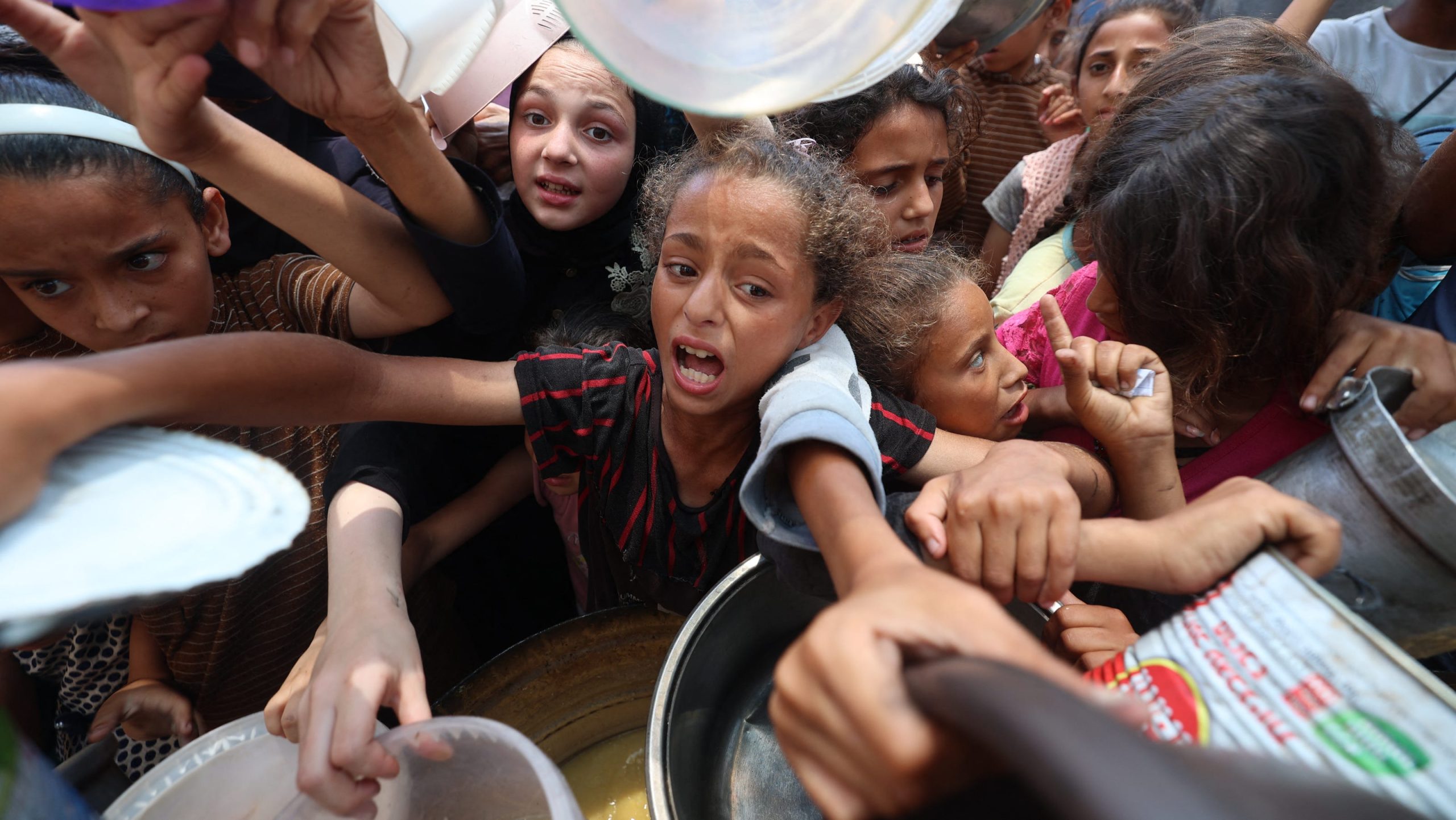Understanding the complexities of the humanitarian crisis in Gaza requires a critical look at how information is presented, especially when highly emotive imagery is involved. Recent news coverage, often featuring poignant photographs of suffering civilians, has rightly elicited global empathy. However, it is crucial to distinguish between genuine suffering and narratives potentially manipulated for specific political agendas, ensuring media reports accurately reflect the nuanced realities on the ground.
A particularly impactful instance involved a misleading news photograph that significantly propelled the narrative accusing Israel of obstructing aid to Palestinians in need. This image, widely disseminated across major news outlets, served to buoy a specific viewpoint, suggesting a clear perpetrator in the escalating humanitarian concerns within the region. Such selective portrayal, without adequate context, can distort public perception and divert blame from the primary instigators of the current predicament.
It is imperative to acknowledge that the current conflict and the subsequent humanitarian challenges facing Palestinian civilians stem directly from the actions initiated by Hamas. The terrorist organization’s brutal attacks on October 7, 2023, against Israeli citizens, involving widespread slaughter and kidnappings, are the undeniable catalyst for the ensuing war. The tragic reality is that innocent Palestinian civilians are now enduring severe consequences as a direct result of these atrocities committed by Hamas.
Hamas, a designated terrorist organization, is widely known for exploiting the suffering of the populace living under its control to further its strategic objectives and bolster its propaganda efforts. By strategically releasing images and narratives that portray widespread victimhood, Hamas aims to garner international sympathy and pressure, shifting global opinion against Israel and away from its own culpability in the Gaza Conflict Analysis.
Former President Donald Trump, while expressing profound empathy for the innocent children and civilians in Gaza, has consistently articulated that Hamas bears the sole responsibility for their plight, not Israel. His clear stance underscores a call for Hamas to surrender and release hostages as the most immediate and effective means to alleviate the Gaza humanitarian crisis. This perspective highlights the critical need to address the root causes of the conflict rather than focusing solely on its symptoms.
Further examination of the aforementioned misleading photography reveals a broader pattern. One specific photograph featuring a seemingly sick child, Mohammed, contrasted starkly with another image of his healthy older brother. This contrast strongly implies that factors beyond mere lack of food contribute to Mohammed’s condition, challenging the oversimplified Media Misinformation narrative of mass starvation and suggesting other complex underlying health issues or disabilities.
Major media entities, including the BBC, CNN, Daily Express, and The New York Times, faced scrutiny for disseminating the misleading story. Critics argued that by utilizing the picture of the sick, disabled child to promote a narrative of mass starvation, these outlets inadvertently played into Hamas Tactics and its extensive propaganda war, thus misrepresenting the true nature of the Israel Aid Debate and the humanitarian situation.
Accurate and ethical journalism demands a rigorous approach to reporting on conflicts like that in Gaza, particularly when dealing with sensitive visual content. It is crucial for news organizations to verify the context and authenticity of images and narratives to avoid becoming unwitting conduits for propaganda. Maintaining journalistic integrity is paramount to providing the public with a truthful understanding of Middle East Geopolitics and avoiding the amplification of one-sided agendas.
Ultimately, a clear distinction must be made between the victims of the conflict and those responsible for initiating and perpetuating the violence. By holding Hamas accountable for its actions and understanding the intricate layers of the Gaza conflict, the international community can better work towards genuine solutions for peace and the alleviation of civilian suffering, moving beyond simplistic narratives driven by propaganda.






Leave a Reply